News Beat
News Beat reporting is an idrw.org initiative to let our Readers to report News Based on Actual facts but some how has not been reported in Main Stream Media .
SOURCE: RAUNAK KUNDE / NEWS BEAT / IDRW.ORG
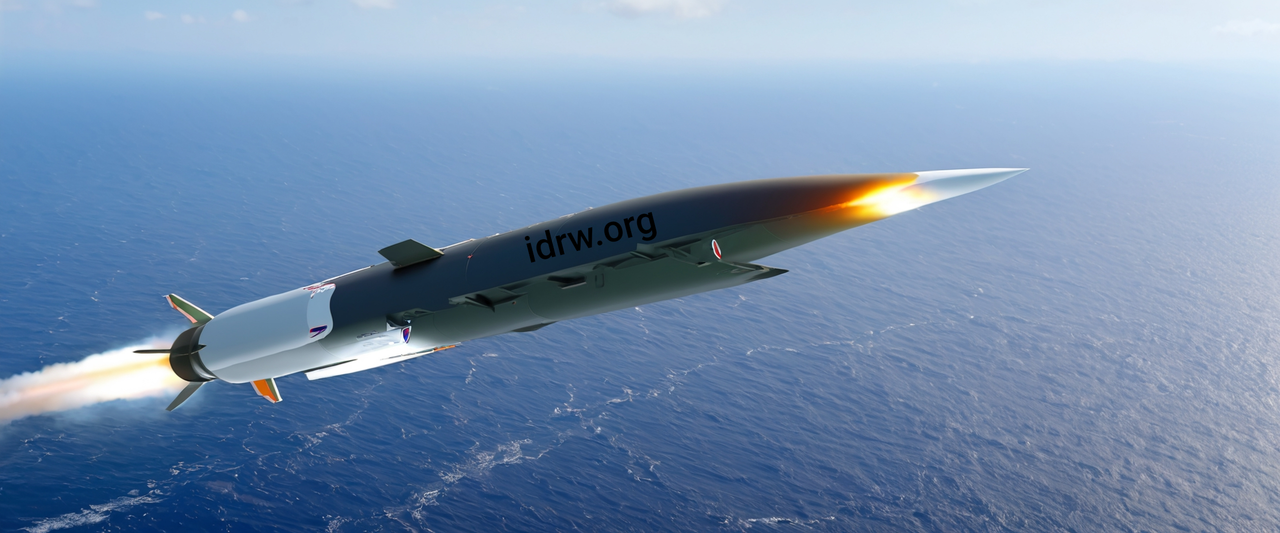
The BrahMos Aerospace, the Indo-Russian joint venture behind the world’s only supersonic cruise missile, is gearing up for its next technological leap. The company is now focused on developing a near-hypersonic variant of the BrahMos missile, aiming to push its speed to an unprecedented Mach 5.
Currently cruising at Mach 3, the BrahMos is already a formidable weapon. However, the corporation believes that a further speed boost will render it virtually impossible to intercept by modern air defence systems. To achieve this, BrahMos is working on an improved ramjet engine capable of propelling the missile to near-hypersonic speeds.
Continue readingSOURCE: RAUNAK KUNDE / NEWS BEAT / IDRW.ORG

India and Malaysia have agreed to strengthen their military collaboration, with a particular focus on the maintenance and upgrade of the Royal Malaysian Air Force (RMAF) operated Su-30MKM fighter fleet. Under the proposed agreement, the RMAF’s Su-30MKM fleet could be overhauled and upgraded with Indian-made systems. This cooperation would not only benefit both countries but also strengthen their strategic partnership in the region.
In addition to the Su-30MKM upgrades, both countries are exploring other areas of cooperation in the maintenance of Russian-origin fighter jets. The RMAF has expressed interest in acquiring the BrahMos-A air-launched cruise missile, a joint Indo-Russian venture.
Continue readingSOURCE: RAUNAK KUNDE / NEWS BEAT / IDRW.ORG
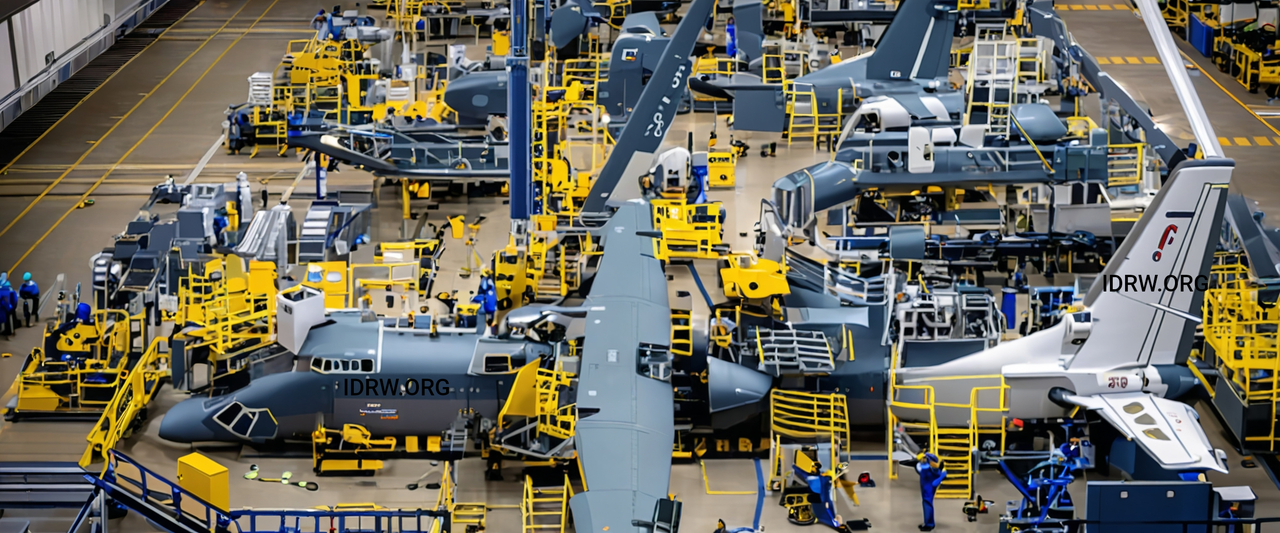
A major milestone has been achieved in India’s defence manufacturing sector with the upcoming activation of the final assembly line (FAL) for the ‘Make in India’ C295 program. After receiving approval from the Directorate General of Aeronautical Quality Assurance (DGAQA) earlier this year, Tata Advanced Systems Limited (TASL) is poised to begin producing detailed parts and sub-assemblies for the C295 aircraft in India.
The factory in Vadodara, Gujarat, is expected to go operational by the end of November or early December. Construction on the facility began in October 2022, and the company anticipates producing up to eight C295s annually.
Continue readingSOURCE: RAUNAK KUNDE / NEWS BEAT / IDRW.ORG
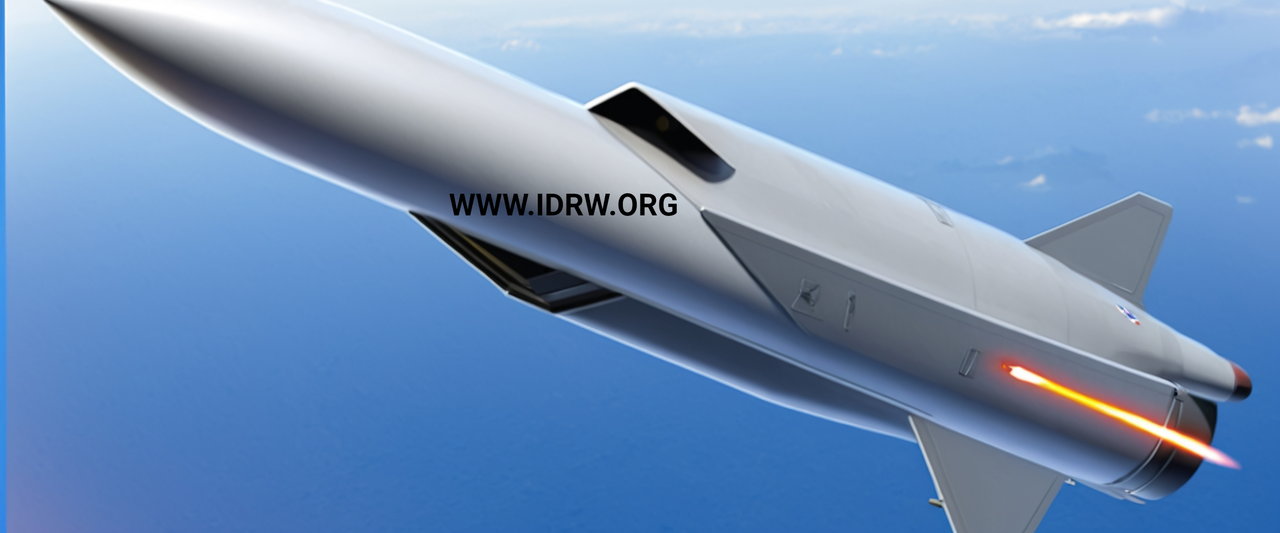
The Defence Research and Development Organisation (DRDO) is gearing up to revisit its long-standing ambition of developing a long-range supersonic cruise missile. This development comes as a potential complement or replacement to the existing BrahMos cruise missile system.
A concept for such a missile was initially unveiled by DRDO in 2010. This prototype boasted an impressive Mach 3.2 speed and a range exceeding 600 kilometres. A standout feature was its unique airframe-integrated air intakes, drawing inspiration from the air intakes of the iconic MiG-25 fighter jet.
Continue readingSOURCE: RAUNAK KUNDE / NEWS BEAT / IDRW.ORG
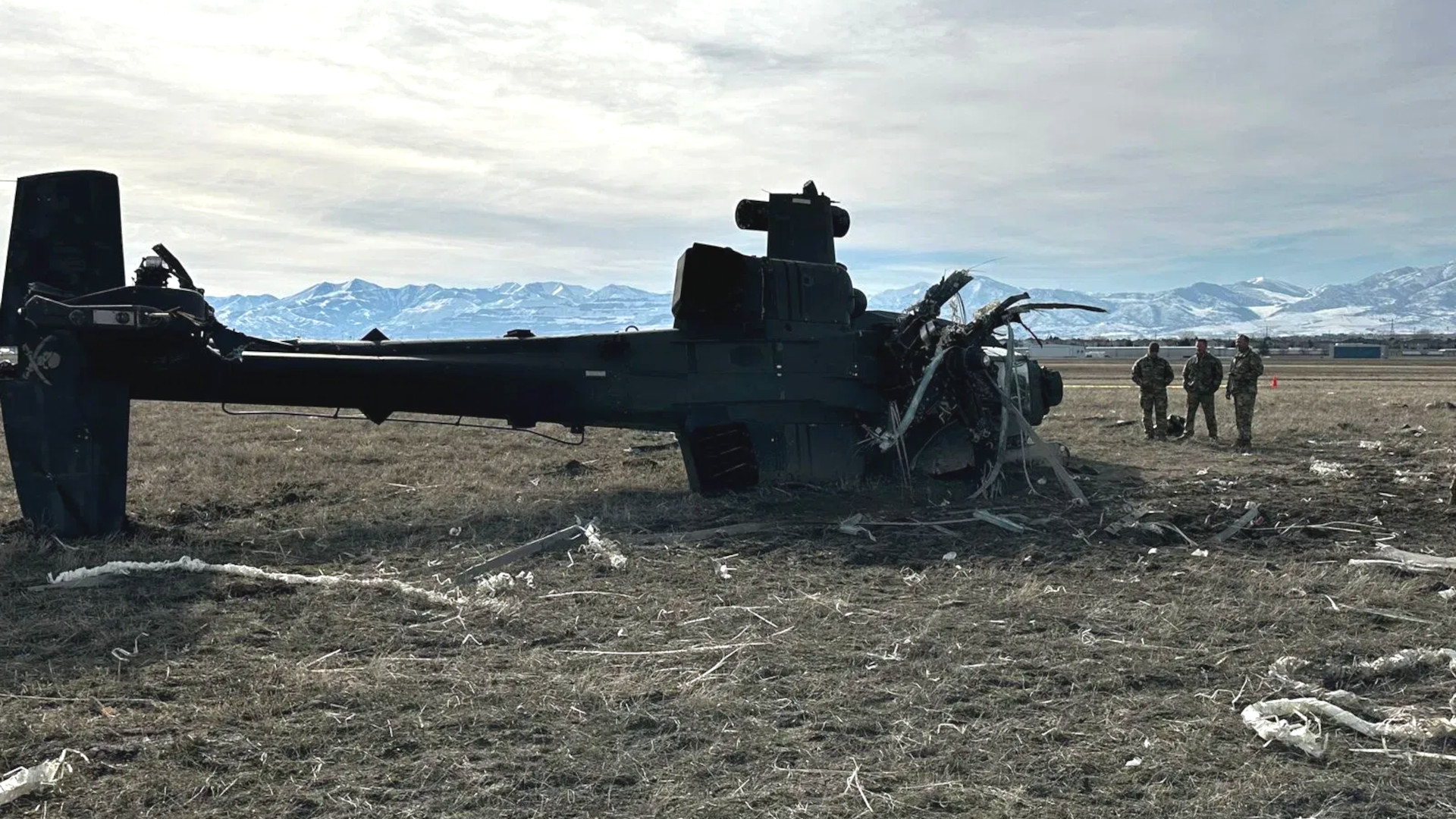
The arrival of the highly anticipated Boeing AH-64E Apache attack helicopters for the Indian Army has been delayed due to recent crashes involving the platform in the US Army. According to a source close to idrw.org, investigations into these crashes have identified potential issues with the AH-64E, specifically an increase in electrical power generator failures. These failures could lead to a dangerous build-up of smoke in the cockpit, posing a significant risk to pilots.
In response, Boeing has placed a hold on all new deliveries of the AH-64E Apache attack helicopter. This hold will remain in effect until the underlying issues are fully addressed and validated through additional testing.
Continue readingSOURCE: RAUNAK KUNDE / NEWS BEAT / IDRW.ORG
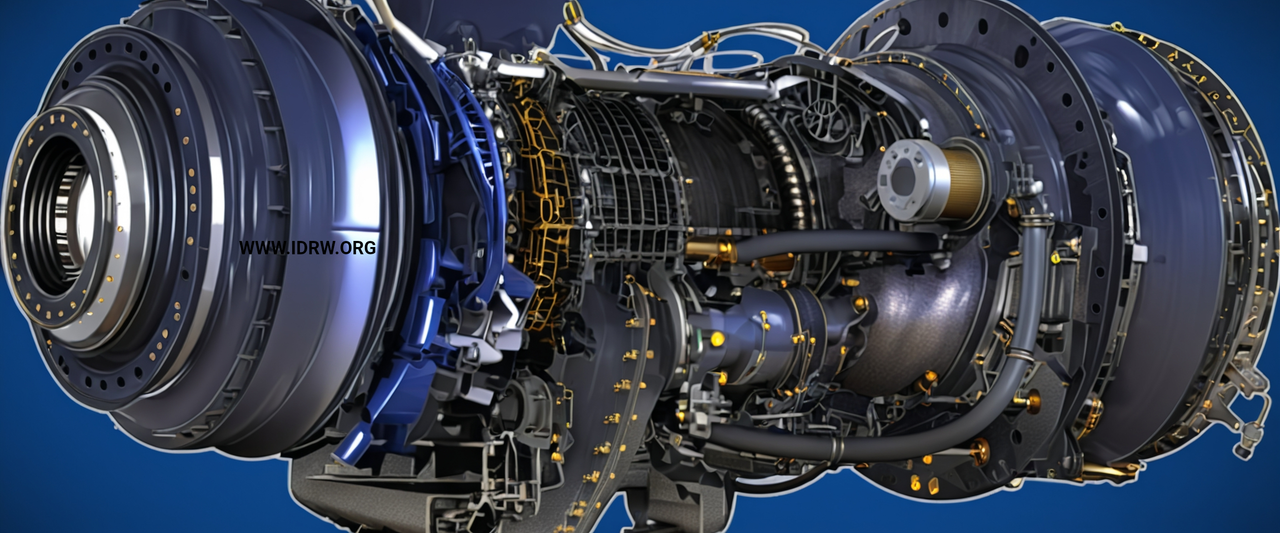
Amidst the ongoing conflict in Ukraine, Russia has extended an offer to India to replace Ukrainian-made gas turbine engines (GTE) on its warships with its own M90FR model. The move comes at a critical juncture for the Indian Navy, which heavily relies on Ukrainian engines for its fleet.
The M90FR, developed by United Engine Corporation (UEC), boasts a maximum capacity of 27,500 horsepower and is touted as a superior alternative to the older Ukrainian engines, which date back to the 1960s and 1970s. According to Russian officials, the new engine offers better fuel efficiency, longer overhaul intervals, and advanced control systems. Furthermore, Russia has expressed its willingness to establish local production of these engines in India.
Continue readingSOURCE: RAUNAK KUNDE / NEWS BEAT / IDRW.ORG
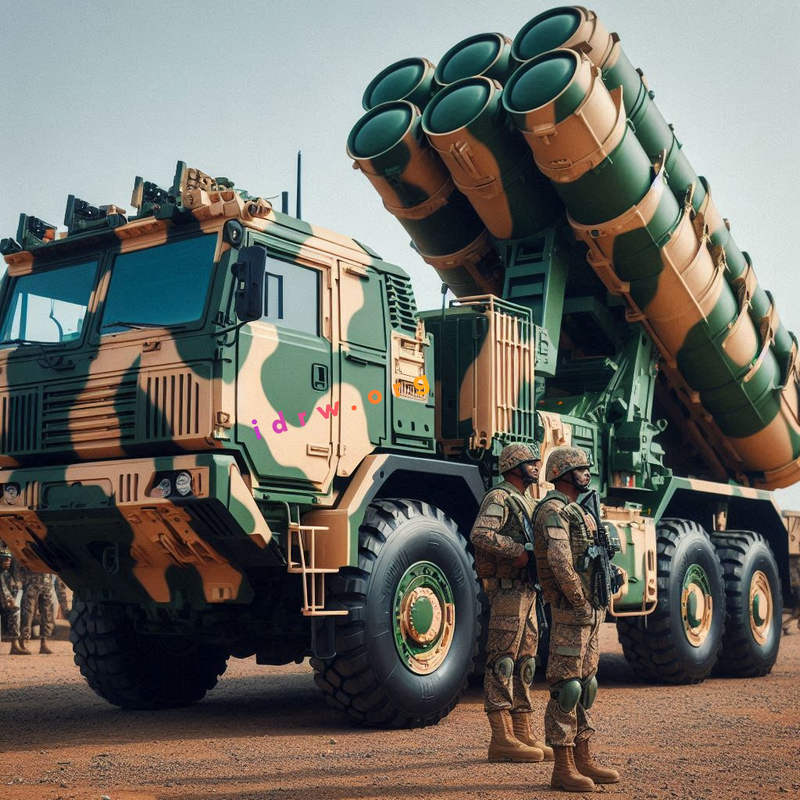
William Blair, Vice President and Chief Executive for Southeast Asia and India at Lockheed Martin has articulated the company’s strategic vision for addressing India’s complex air and missile defence needs. In a recent statement, Blair emphasized Lockheed Martin’s commitment to providing a comprehensive defence solution that integrates advanced systems like the PAC-3 MSE and THAAD to enhance India’s defence capabilities.
Blair underscored Lockheed Martin’s approach to air and missile defence as a “stratified defence solution,” particularly in the context of land-based implementations. The company envisions a layered defence strategy where the PAC-3 MSE (Patriot Advanced Capability-3 Missile Segment Enhancement) system would operate as a lower layer beneath the Terminal High Altitude Area Defense (THAAD) system. This integration aims to provide a robust defence against a range of aerial threats, from short-range to high-altitude ballistic missiles.
Continue readingSOURCE: RAUNAK KUNDE / NEWS BEAT / IDRW.ORG
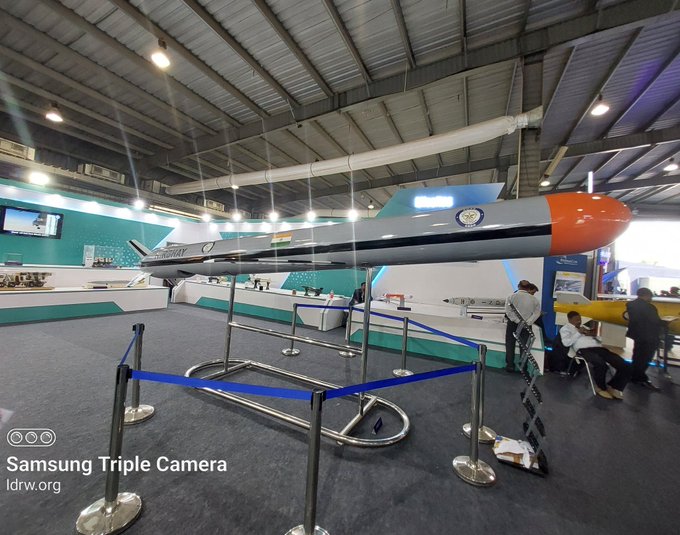
The Defence Research and Development Organisation (DRDO) is set to commence developmental trials of the ship-launched anti-ship sub-sonic cruise missile version of Nirbhay within the next 12-18 months. The research and development for this missile have been completed, and the fabrication process is currently underway.
The ship-based sub-sonic cruise missile will be available in two variants: Land Attack Cruise Missile (LACM) and Anti-Ship Cruise Missile (ASCM). DRDO has already developed a Universal Vertical Launch Module (UVLM) that can accommodate both ship-based sub-sonic and supersonic cruise missiles like BrahMos.
Continue readingSOURCE: RAUNAK KUNDE / NEWS BEAT / IDRW.ORG
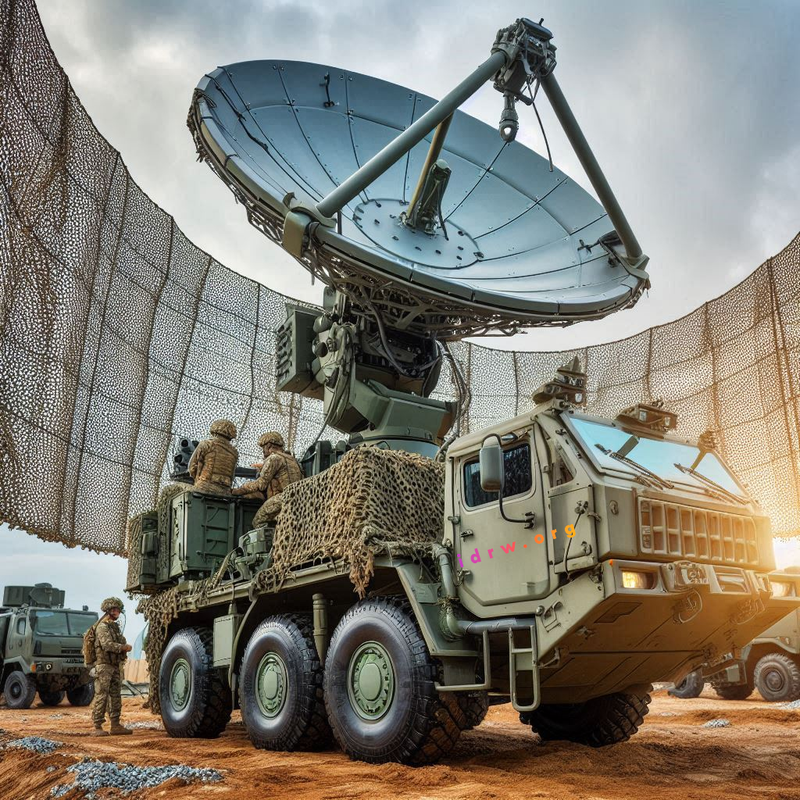
Bharat Electronics Limited (BEL), a premier Indian defence electronics company, has announced in its annual report that it is developing the Long Range Radar (LRR) known as “SASTRA.” The radar, originally developed by the Defence Research and Development Organisation (DRDO), is designed for extended-range search and track capabilities, with a range exceeding 2000 kilometres.
SASTRA is also capable of detecting low Radar Cross Section (RCS) aircraft and platforms, making it a critical asset for India’s defence infrastructure.
Continue readingSOURCE: RAUNAK KUNDE / NEWS BEAT / IDRW.ORG

The Indian Navy is gearing up to approach the Defence Acquisition Council (DAC) for approval to build 8 to 10 destroyers of the advanced Project 18 class. These warships will be equipped with cutting-edge technology, including anti-ballistic missile systems and drone launch capabilities.
Concept details for the Project 18 class warships have emerged, offering a glimpse into their impressive capabilities. A promotional video released last year showcased a graphical rendition of a possible design, featuring a striking canister-based universal Vertical Launch System (VLS) configuration. This innovative design incorporates 144 missile cells, arranged in a three 6×4 VLS 2 layout, positioned at the bow and aft.
Continue readingSOURCE: RAUNAK KUNDE / NEWS BEAT / IDRW.ORG
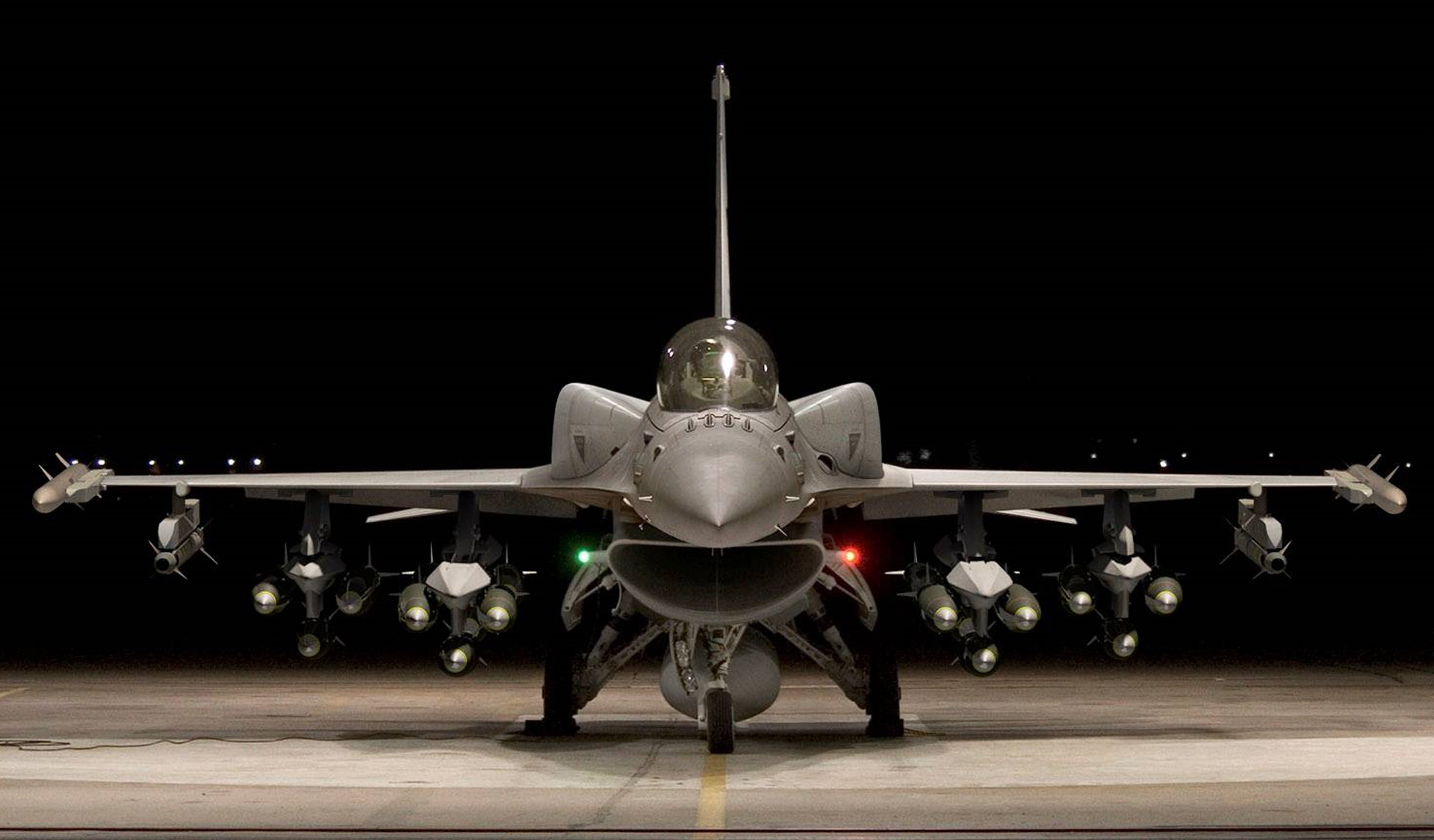
Lockheed Martin is making a strong case for the F-16V Block 70/72 as a prime contender for the Indian Air Force’s Medium Weight Fighter Aircraft (MRFA) tender. The aerospace giant is highlighting the aircraft’s advanced capabilities, longevity, and potential as an export platform from India.
The F-16, despite its age, has been significantly upgraded with the latest technology in the Block 70/72 variant. Equipped with an AN/APG-83 AESA radar, comparable to those found in fifth-generation fighters, the aircraft boasts enhanced situational awareness and target acquisition capabilities. Coupled with the AN/ALQ-254(V)1 Viper Shield electronic warfare system, the F-16V offers a robust survivability package.
Continue readingSOURCE: RAUNAK KUNDE / NEWS BEAT / IDRW.ORG

The Indian Air Force (IAF) has decided not to focus on or pursue a 6th generation combat aircraft platform that was previously anticipated by 2040. Instead, the IAF will prioritize the development and induction of the 5.5 generation Advanced Medium Combat Aircraft (AMCA), with plans for induction beginning in 2035 and continuing into the mid-2040s.
An anonymous IAF official revealed to idrw.org that the service is now concentrating on the AMCA program, with the initial induction expected to commence from 2035 onwards, with a major chunk of the fleet entering service by the early 2040s. The IAF aims to continue inducting AMCA even into the mid-2040s, thereby pushing back the timeline for any potential 6th-generation program to the early to mid-2040s.
Continue readingSOURCE: RAUNAK KUNDE / NEWS BEAT / IDRW.ORG

In a recent interview, Dr Samir V Kamat, Chairman of the Defence Research and Development Organisation (DRDO), announced significant advancements in the development of the DRDO-L&T Zorawar Light Tank. He confirmed that the tank will feature a locally developed 105mm cannon, replacing the Cockerill 105mm High Pressure (HP) cannon that was showcased in the prototype. This move underscores India’s push for indigenization in its defence projects.
Dr. Kamat emphasized that by the time the Zorawar Light Tank reaches the production stage, even more imported systems will be replaced with locally developed alternatives. One such development is the Cummins 750hp engine that powers the tank. The engine will see local production in India, courtesy of the Indian subsidiary of Cummins, further reducing dependence on foreign suppliers.
Continue readingSOURCE: RAUNAK KUNDE / NEWS BEAT / IDRW.ORG

A significant milestone has been achieved in India’s Indigenous defence manufacturing as the DRDO-L&T-developed Composite Combat Infantry Vehicle (CCIV) has completed its internal trials. This cutting-edge armoured vehicle is now poised to compete for the Indian Army’s highly anticipated Futuristic Infantry Combat Vehicle (FICV) contract.
The CCIV stands out for its impressive weight-to-power ratio. Despite being equipped with a formidable arsenal including a 30mm automatic cannon, a coaxial machine gun, and a remotely operated weapon station with a 12.7mm machine gun, the vehicle maintains a remarkably low weight of under 18 tons. This is primarily attributed to the extensive use of high-performance composite materials in its construction.
Continue readingSOURCE: RAUNAK KUNDE / NEWS BEAT / IDRW.ORG

G. Ramamohana Rao, Director of the Vehicles Research and Development Establishment (VRDE), recently announced significant advancements in the development of the WhAP 8×8 Amphibious Wheeled Armoured Vehicle. Rao highlighted that VRDE is aiming to increase the indigenous content of the WhAP to over 80% in its next iteration, with plans to further raise this to 85-90% within the next 18 months, just before the vehicle enters full-scale production.
The DRDO has already unveiled the second-generation Wheeled Armoured Platform (WhAP), which features a host of improvements over its predecessor. According to Rao, the Indian Army, which has taken delivery of 18 first-generation WhAP 8×8 vehicles, has expressed complete satisfaction with their performance.
Continue reading